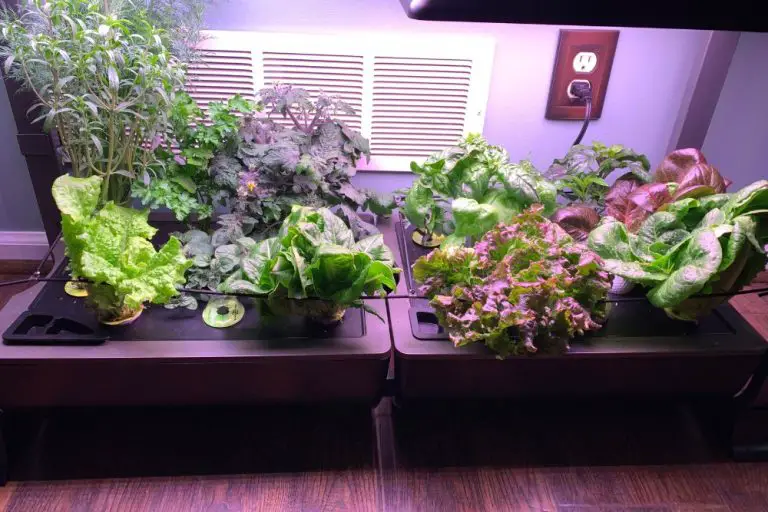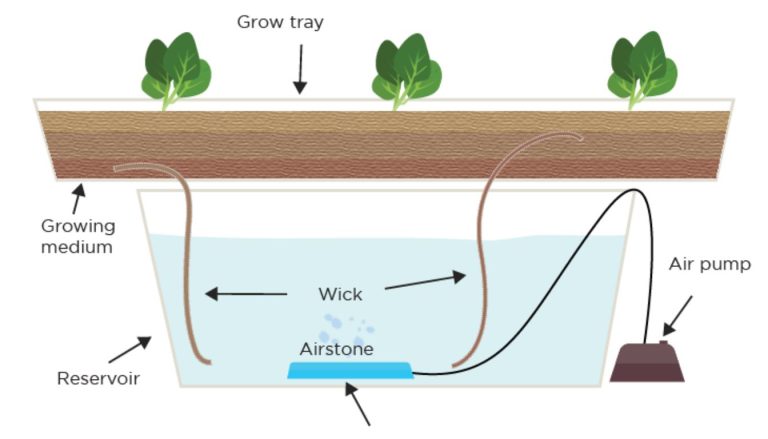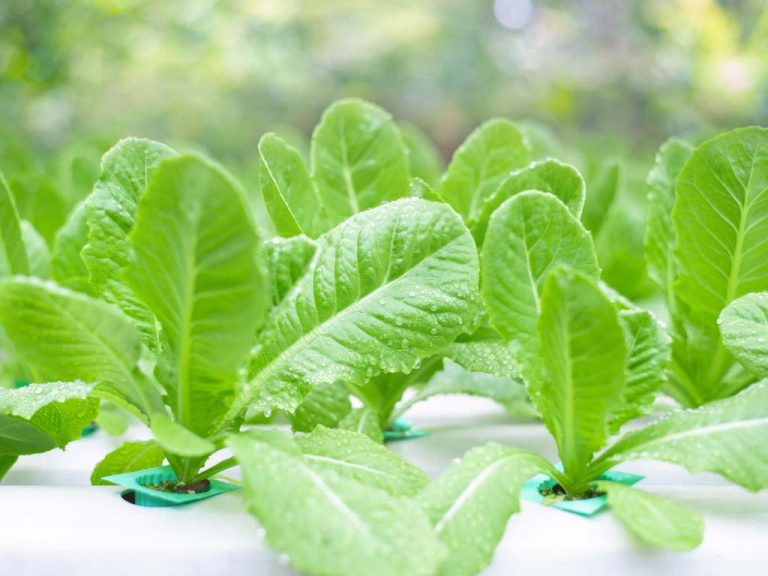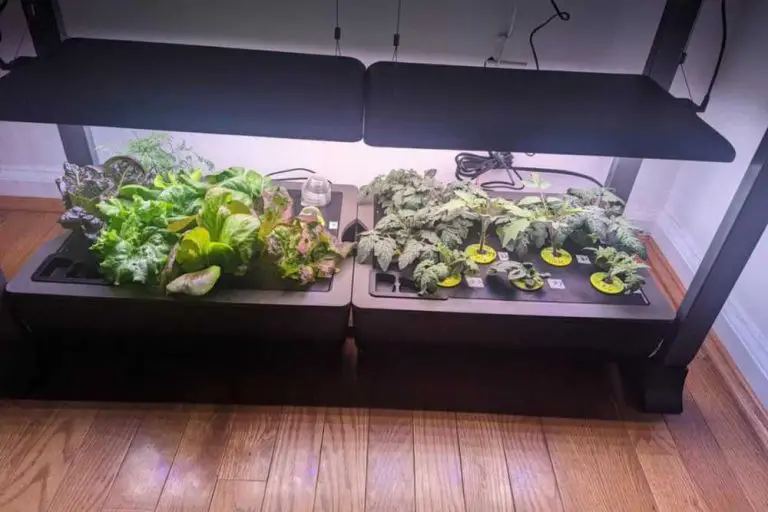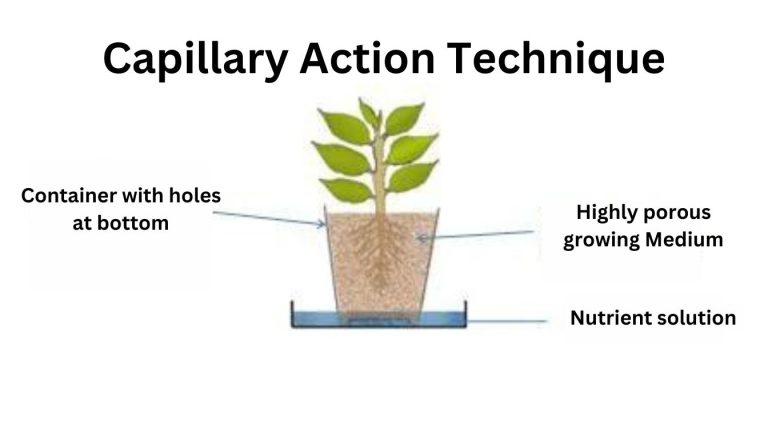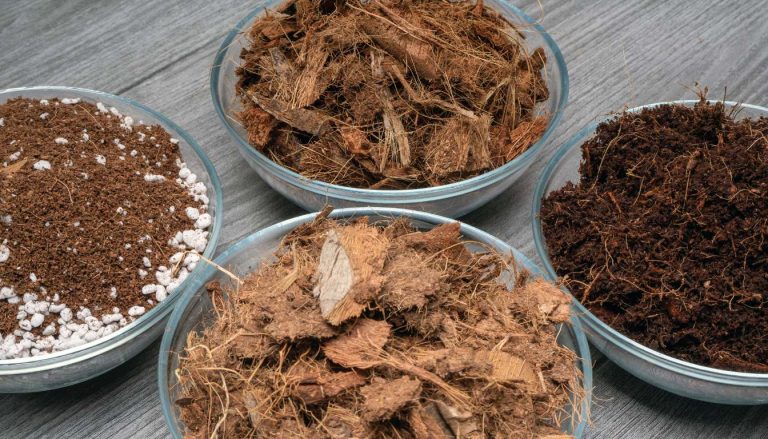Exploring The Best Indoor Hydroponic System With Lights In 2024
Hydroponics is a new generation science that allows you to grow food in a small space without using soil or even sunshine. Indoor hydroponics systems eliminate the need for messy soil by relying solely on the power of water and light. Special solutions will be required to create an optimal environment for your plants to develop in the water.
Sunlight is normally essential for plant growth anywhere, but it is supplemented with artificial lighting in hydroponics. Plants that are left outside receive about six hours of sunlight, as well as some hours of darkness during which they rest. Plants, like animals, require darkness to rest and metabolize food. The plants also require 10 hours of indirect sunshine per day.
Choosing the best indoor hydroponic system with lights for your hydro system can be difficult. There are numerous types available on the market. Your system size and the type of plants you are growing should be considered. Some types may be superior or more efficient than others. If you are planning to start an indoor hydroponic garden here we discuss some important things you need to know about indoor hydroponic systems with lights.
Different Plants Need Different Amounts Of Light
Short-Day Plants: Plants that require a long duration of darkness to photosynthesize and produce flowers are known as short-day plants. They will not flower if exposed to more than 12 hours of light per day. Short-day plants include poinsettias, cauliflower, strawberries, and chrysanthemums. For plants that flower in the spring, the short-day cycle mirrors nature’s conditions.
Long-Day Plants: Some plants, such as spinach, potatoes, lettuce, wheat, and turnips, require up to 18 hours of direct sunlight every day. As a result, these plants are similar to those that bloom in the summer. These plants require a lot of light in hydroponic gardening.
Neutral-Day Plants: These plants are incredibly adaptable, producing fruits and flowers regardless of the amount of sunlight they receive. Roses, eggplants, rice, and corn are examples of such plants. It is recommended to supply sufficient light for roughly 14 hours every day in hydroponic gardens that contain a mix of all of these species so that all of the plants’ requirements are met properly. To grow and produce fruits and vegetables, all of the plants receive an equal amount of light.
What Are The Different Types Of hydroponic Lights On The Market?
There are several types of indoor hydroponic lights on the market today: incandescent, fluorescent, LED, halogen, high-pressure sodium, and metal halide light.
1. Incandescent Light
The least efficient and most expensive hydroponic lights are incandescent grow lights. They also produce a lot of heat, which can be harmful and damage plants. Incandescent grow lights are not recommended for hydroponic plant development for these reasons.

2. Fluorescent Light
Fluorescent grow lights are more efficient and less expensive to operate than incandescent ones. They also produce less heat, making them less harmful to plants. However, florescent grow lights emit less light than other types of grow lights, they may not be adequate for all hydroponic plants.
Fluorescent lights are ideal for germinating seeds and establishing seedlings. Because of the minimal heat production, seeds can grow without being burned or dried out. They are also effective for cultivating salad greens and flowers.

3. Light-Emitting Diode (LED) Light
A specific type of light-emitting diode is the LED light (LED). The most effective, reasonable-cost, and often utilized type of hydroponic illumination is hydroponic LED lighting. LED bulbs are perfect as hydroponic lights since they use less energy and last longer than other types of bulbs. They also produce relatively little heat, making them suitable for use with plants. LED grow lights are frequently sold as square panels or fluorescent-style tubes.

4. Halogen Light
The light spectrum of a halogen is very similar to that of the sun. Compared to other light types, halogen lights are less expensive and emit less heat. They may not be sufficient for all hydroponic plants because they are less effective than LED or fluorescent lights.

5. HPS (high-pressure sodium) Light
For flowering plants, the reddish-orange light produced by high-pressure sodium (HPS) light bulbs is helpful. Compared to halogen grow lights, HPS grow lights are more energy-efficient and produce less heat. They may not be suitable for all plants and are more expensive to operate.

6. Metal Halide (MH) light
A bluish-white light emitted by MH bulbs encourages vegetative growth. MH lights are more energy-efficient than halogen grow lights and generate less heat. They may not be suitable for many plants and are more costly to maintain.

Before purchasing hydroponic lights for plants, you should be familiar with lighting terminologies like lumens, kelvins, and PAR value.
The total amount of visible light emitted by a source is measured in lumens. This is the most important feature to take into account when choosing hydroponic lights since you want one that emits enough lumens to cover the entire growing area. Lumens and light intensity are the same things. Intensity is the amount of power required to create that light.
The PAR value is used to calculate how much photosynthetically active radiation (PAR) a source emits. Use a grow lamp with a high PAR value to promote the fastest possible growth of your plants, as this is vital for growers.
In Kelvin, the color temperature of a light source is indicated. While a lower Kelvin level denotes warmer, yellower lighting, a higher rating denotes whiter, cooler lighting. Select a hydroponic light that has a Kelvin value that is appropriate for the plants you are growing.
Hydroponic Light System Components
You should be aware that there are four parts to a lighting system when setting up a hydroponic garden: the bulb, remote ballast, timer, and reflector hood.
The Bulb – The most common wattage for lights used in hydroponic systems is 400-600. In most cases, high-intensity discharge lamps are used. These bulbs create light by sending an electric arc between the electrodes inside the case. The gas created contributes to the formation of the arc and, ultimately, the emission of bright light. There are two types of bulbs available: metal halide and high-pressure sodium. You can use both types of bulbs if you use a conversion lamp. Metal halide bulbs are suitable for all veggies. They last around two years, but their efficiency begins to decline after roughly 15 months.
Remote Ballast – This is the power supply that gives the lights the necessary power to burn. The ballast is available as part of a lighting system. Remote ballasts are preferable for household systems. However, because these are costly, they must be maintained. As remote ballasts are expensive, they must be safeguarded from water, floods, and leaks. If the drainage tube in a hydroponic system, such as the ebb and flow, becomes clogged, the drainage will likely flood. As a result, the system must be safeguarded. Ideally, the bulb and ballast should be purchased together so that the wattage matches.
The Timer – The timer is the ‘heart’ of all hydroponics lighting systems, keeping the grow lights on a schedule. Without a timer, this would have to be done manually, which would take a long time. Timers are classified as mechanical or digital. Mechanical timers: Dials or switches that alter the time on a 24-hour cycle. They typically provide alternatives for 10-15 minute cycles, but there aren’t many other options. Mechanical timers work well in small-scale grow rooms and with some hydroponic systems.
Digital timers are a little more expensive, but not much so, the digital timer includes a variety of built-in capabilities and an easy-to-read LCD screen. Digital timers enable the gardener to create complex daily and weekly plans, providing the gardener with more flexibility. When the power goes out, these clocks normally have a battery backup. This is very important. If you are not at home and there is a power outage, your entire indoor gardening business could be affected.
Reflector Hood – This is the reflecting casing that surrounds the bulb and directs light downwards. Reflector hoods improve the effectiveness and efficiency of light distribution. Using a reflector hood saves money on electricity and cooling. LEDs do not require a reflector hood because their light is already directed downwards. Many users, add reflector hoods with their LEDs to boost efficiency.
CFL lighting should always be used with a reflector hood since they create less heat, and plants require a consistent and concentrated heat source for the best growth.
5 Best Indoor Hydroponic System With Lights

1. iDOO Hydroponic Growing System – Best to-rated hydroponics garden system
This growing system is a smart arrangement for producing a variety of plants, fruits, and vegetables without soil. You can have a year-round indoor herb garden with this hydroponic growing system for all of your cooking needs. With the system, you can watch your plants grow from seeds in a self-watering planter that has a built-in light. The light is a full-spectrum LED grow light, which promotes faster plant growth.
The pump that will help circulate water and oxygen is noiseless, so the watering system is silent. The watering system is also automated, so it can function regardless of messes, soil conditions, or weather. Additionally, the system contains a fan, which is vital for pollination. It will help to balance air temperature and encourage airflow. 12 plants can perfectly grow here.

2. Aerospring 27-Plant Vertical Hydroponics System
This large (72 X 28) system occupies a space of around 10 square feet. Without any sunlight, you can still harvest up to 27 different fruits, vegetables, and herbs. This technique is perfect for beginner gardeners because it essentially handles all the work for you.
By including a tent with a fan and reflecting white inner panels in addition to built-in LED lights, the Aerospring hydroponics system eliminates all the guesswork associated with an indoor plant growing. The system’s 20-gallon water reservoir saves your time by letting you replenish less frequently while also assisting in better managing the nutrients for each plant.
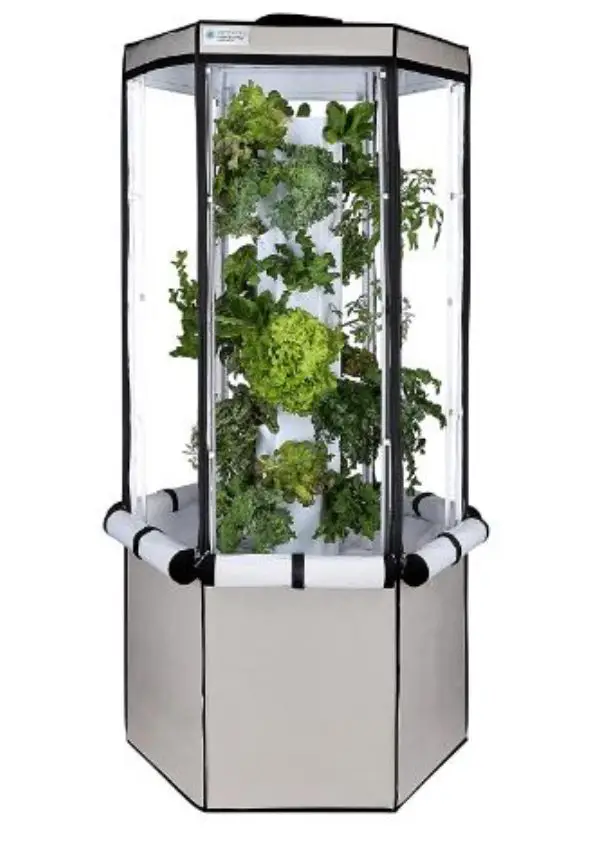
3. EZORKAS Hydroponic Growing System
Excellent indoor gardening kit with 12 pods. The plant can reach a height of 21 inches with this particular setup. Depending on the type of plants and their growth cycle, the system’s light height can be changed.
This will make it easier for plants, fruits, or vegetables to absorb the ideal amount of light for growth. The product’s control panel is excellent at indicating when to apply the plant solution. The well-designed water circulation system in this hydroponic growing system increases the water’s oxygen content. You get complete weather control and oxygenated water which is excellent for the growth of plants.
The kit has different veggies and fruit modes with different shades of light that help improve the growth of that vegetable or fruit. The 8 LED growing light is a high-performance and efficient full-spectrum light. The light is required to fulfill the natural photosynthetic process of plants which ensures abundant yet all-natural produce.

4. AeroGarden Harvest – Indoor Garden with LED Grow Light
AeroGarden is a six-pod harvest garden. This countertop alternative is perfect for small rooms thanks to its size and clean appearance. Since plants naturally thrive in water, doing away with the soil and dirt concerns will be a big benefit.
The energy-efficient LED light makes the growth more effective. About five times as quickly as the plant would grow in a soil-based system, the water system aids in the production of the crop. The effective approach allows seeds to sprout in days, to harvest in weeks, and to allow for year-round enjoyment.

5. LAPOND Hydroponic Growing System
This hydroponic farming setup is intended for quick, practical, and nutrient-dense gardening. It’s the perfect arrangement for beginners. You don’t need to have years of experience caring for plants, and the herbs you cultivate will be healthier and more flavorful than common varieties. These are produced in an environment with higher oxygen that delivers nutrients right to the roots. PVC pipes are made of quality materials. It also provides plenty of room for numerous plants.
If you want to grow lettuce, spinach, beets, herbs, cabbage, and garlic, this is ideal. Although the water pump is automatically controlled, the circulation cycle can be manually set. You’ll save time using the pump, which also promotes healthy plant and vegetable growth. This is very easy to assemble and brings you close to nature. The system comes with a one-year warranty if you run into any issues.

- 20+ Chic Boho Bedroom Ideas for a Cozy and Stylish Retreat - June 20, 2024
- 12+ Modern Boho Living Room Ideas to Create a Unique Oasis - June 10, 2024
- 10 Stunning Canopy Bed Ideas for a Dreamy Escape - May 16, 2024


